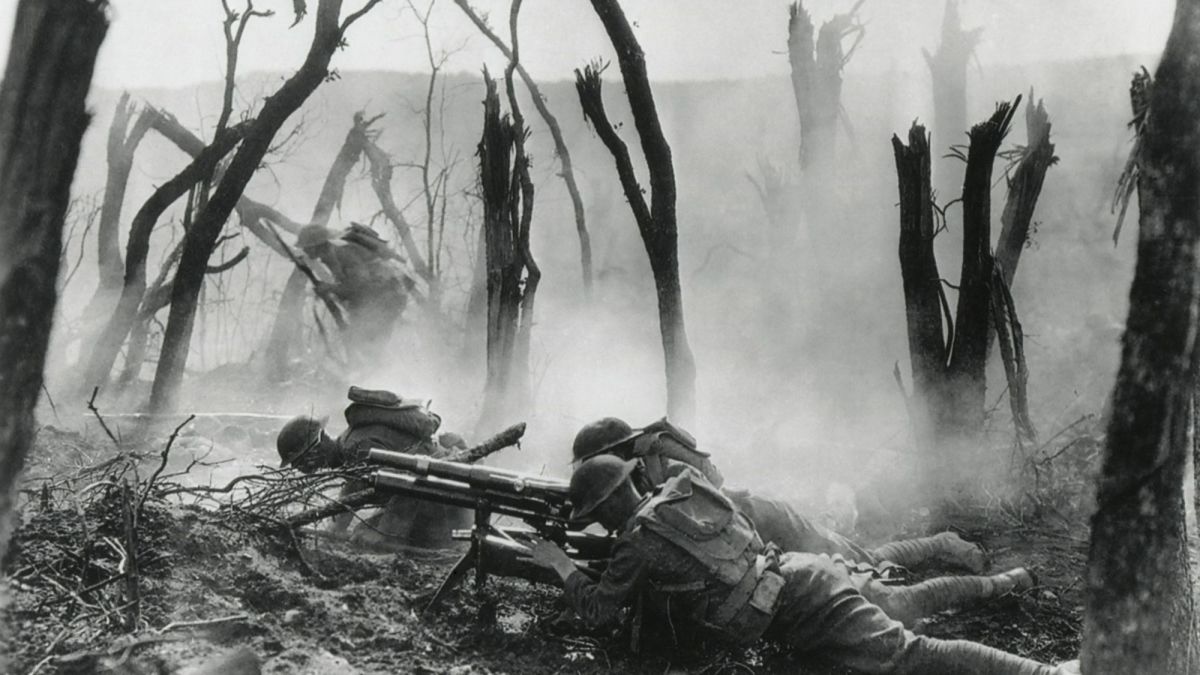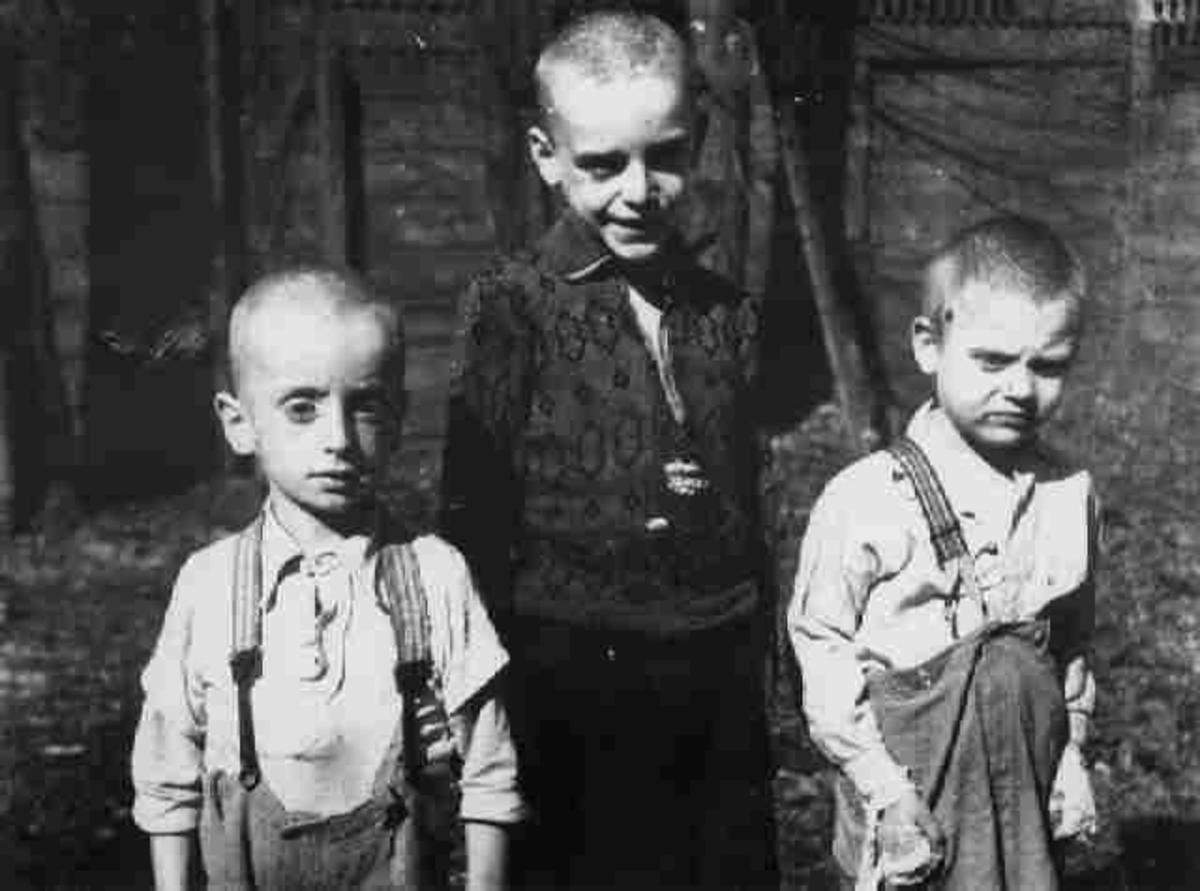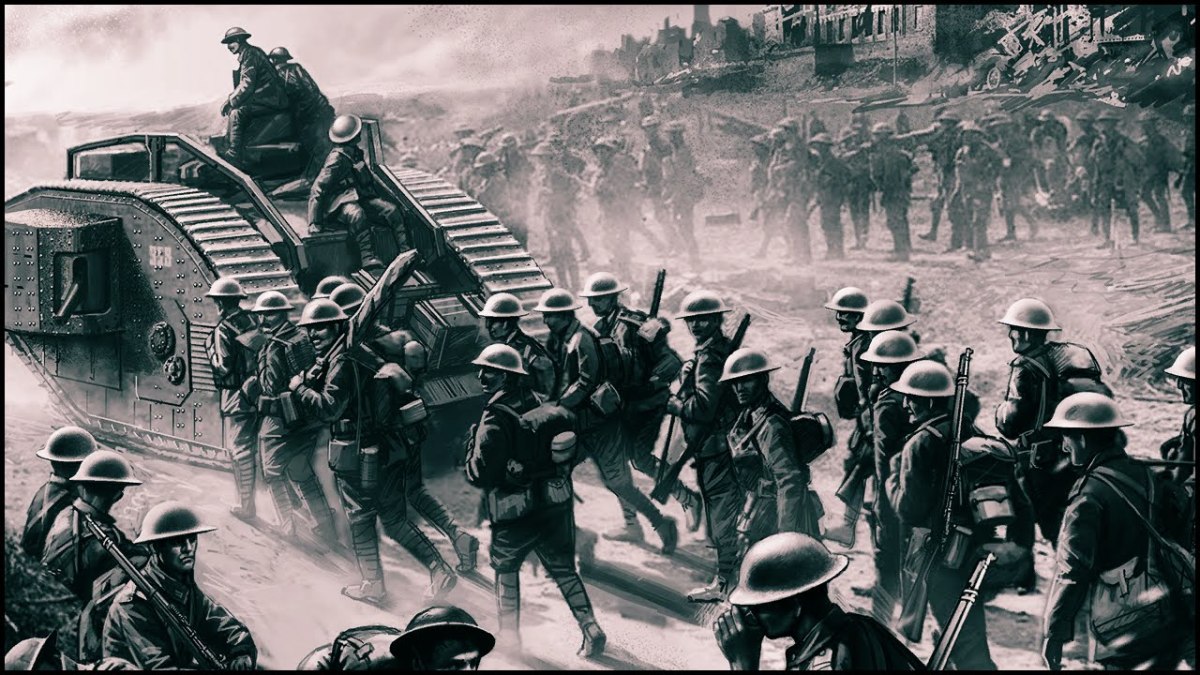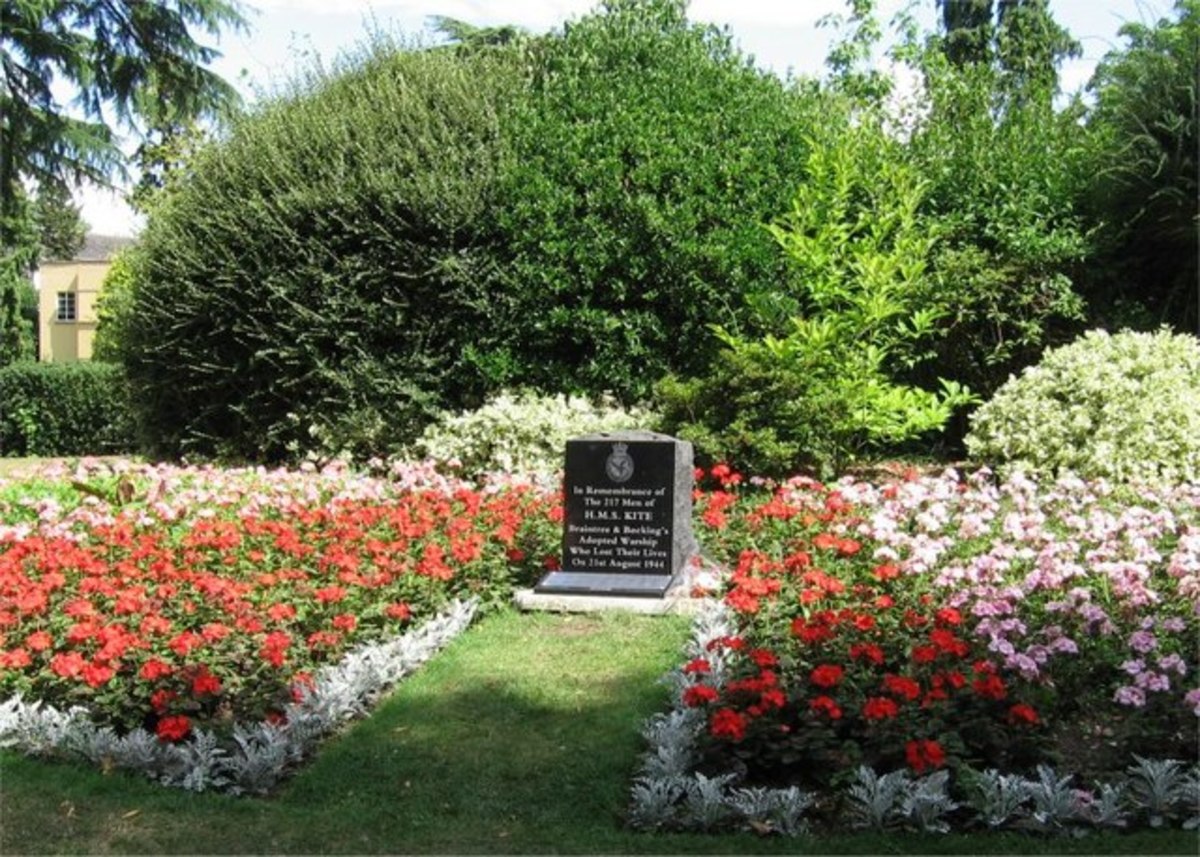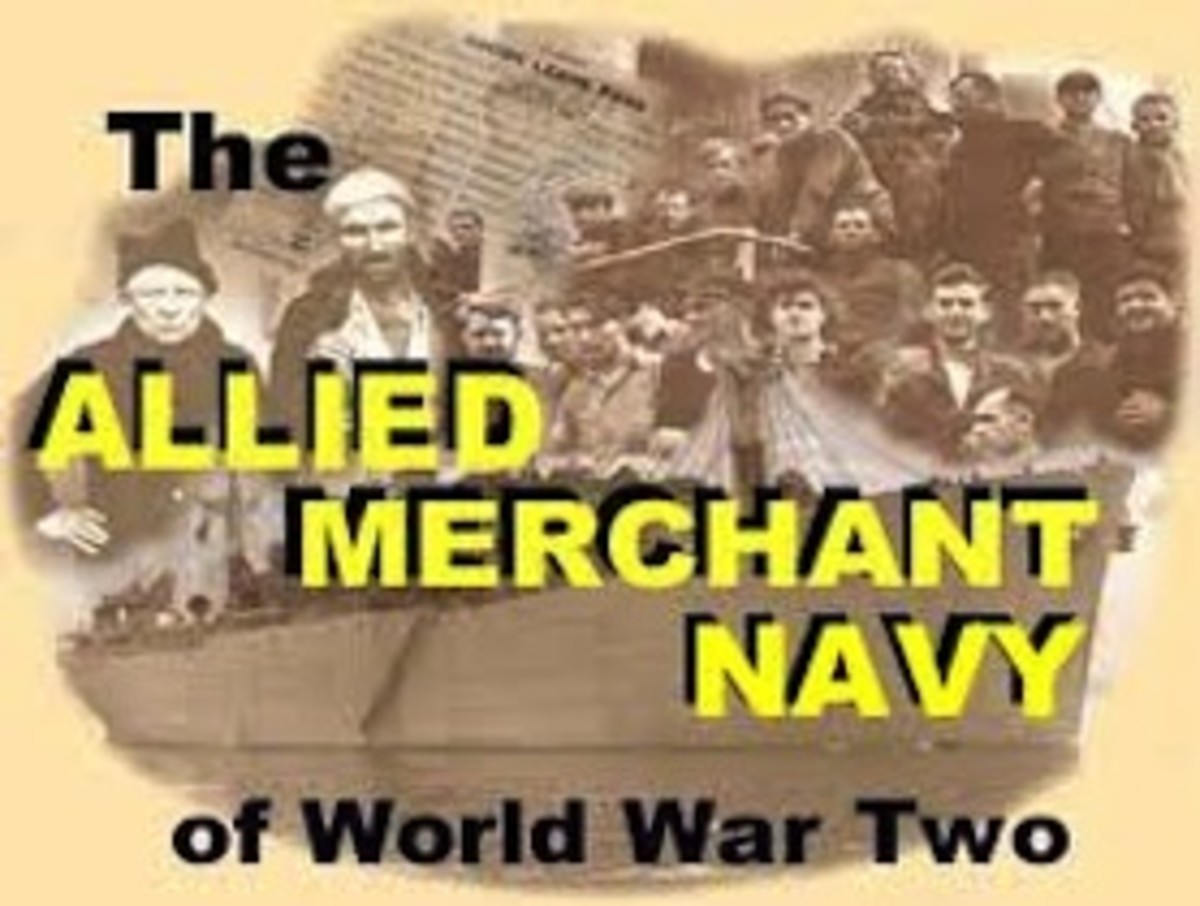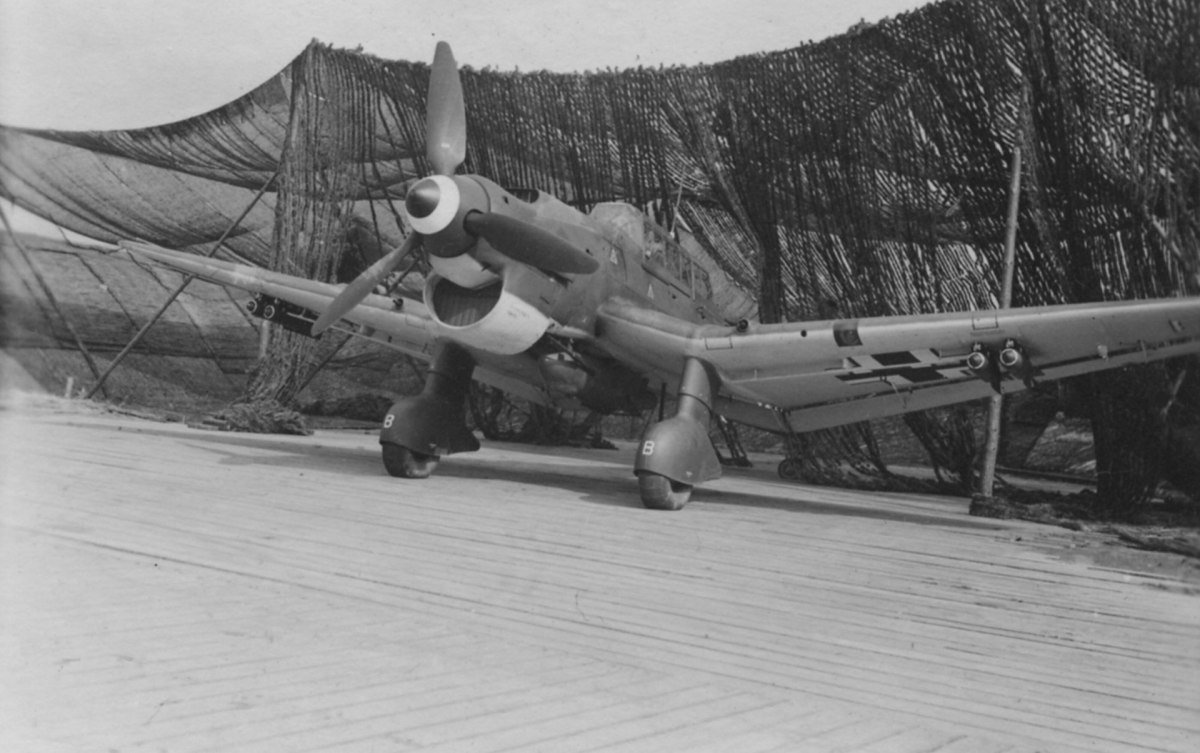- HubPages»
- Education and Science»
- History & Archaeology»
- History of the Modern Era»
- Twentieth Century History
Iconic World War 2 Weapons
There were a lot of iconic weapons which were used in World War 2. These are weapons which were introduced or extensively used in WW2 and had a significant impact. These weapons may not be the most effective but they shaped the way that the war was fought and won.
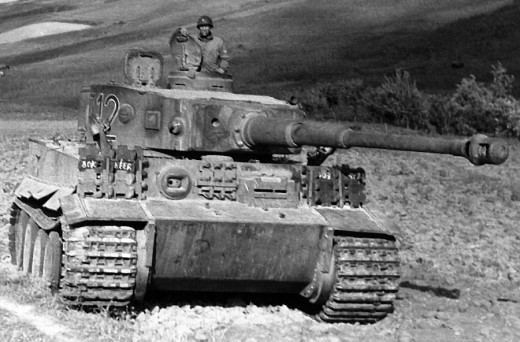
Panzers and Tigers:
The German tanks were a thing of legend during WW2. When the Germans unleashed their deadly blitzkrieg in Europe, it was the Panzers that were the spearhead of the attacks. They ripped through the enemy lines and encircled whole armies and annihilated them. The Panzer IV was the workhorse of the German army and was used in all theatres of war.
The Panzers were, however, not technologically superior to the enemy tanks. They were quite average in terms of firepower and armament. The Tiger tanks were the real beast. They were designed to be the best tank capable of knocking out any tanks that they come across. They were more than capable of handling the Soviet T-34 tanks.
It was these German tanks that were iconic in the blitzkrieg attacks of WW2. The German army took pride in their tanks and Hitler wanted to create bigger, more powerful tanks. The Tiger tanks were so powerful that the allies had to upgrade their tanks to be able to take them out. They even avoided confrontation with armies that had a good concentration of Tiger tanks.
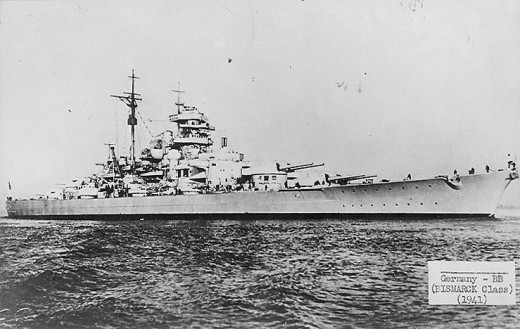
Bismark and Graf Spee:
After WW1 Germany was banned from building any battleships. This meant that the Kriegsmarine (the Geman navy) was very weak in comparison to the Brtish Royal fleet. They, however, had a trick up their sleeves. They were building pocket battleships like the Graf Spee and even heavy battleships like the Bismark in secret.
The Germans would never be able to face the Royal fleet head-on. But they could still cause serious damage to their merchant fleet if these deadly ships were let loose in their shipping routes. So when these deadly ships wreaked havoc of their merchant shipping, the British had to throw everything they had to hunt them down.
These great battleships were more than capable of taking on any of the ships that the British managed to throw at them but their primary role was to disrupt merchant shipping. They did a pretty good job at demolishing the merchant convoys and Bismark even sank the British Battlecruiser HMS Hood which was a severe blow to British morale.
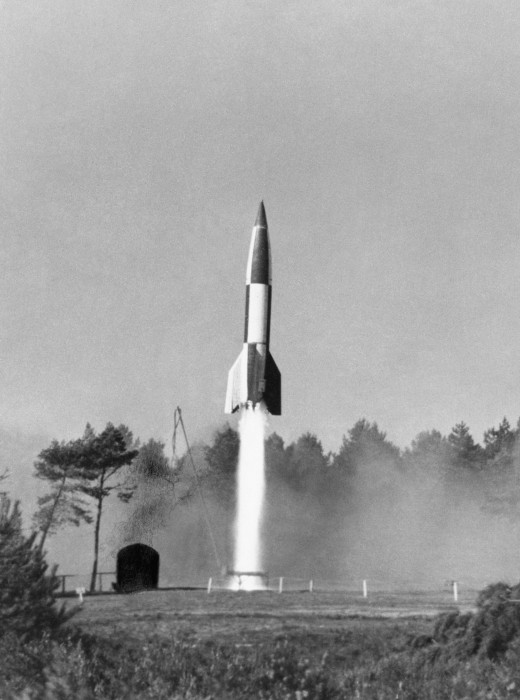
The V Weapons:
The Germans used the V weapons or Vergeltungswaffen meaning “retaliatory weapons” as a last-ditch attempt to make Britain surrender. There were three V weapons used in the war. The V-1 rockets traveled at the same speed as an airplane and made the sound of a motorcycle running in bad order. The sound of these rockets was terrifying as they caused heavy destruction to the cities.
A total of 9,251 V-1 rockets were fired killing a total of 6,184 civilians. Since the V-1 rockets were not very fast, they could be detected by radar and shot down by Allied fighter aircraft. Their accuracy was also not that good and many missed their target. The V-2 rockets were a huge improvement over the V-1. They traveled at a supersonic speed which meant that they could no longer be intercepted by anything.
The Allies had no means of countering the V-2 rockets and they could not be stopped until their launch sites were overrun. A total of 1,115 V-2 rockets were fired at Britain killing about 2,754 in London alone. The V-3 was a giant cannon which was supposed to be capable of hitting Britain from the European mainland. However, Allied bombing runs disabled the V-3 cannon and it was never used.
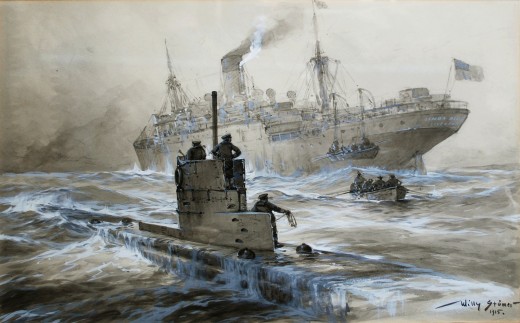
U Boats:
Winston Churchill after the war quoted, “The only thing that ever really frightened me during the war was the U-boat peril.” The U-boats or the Unterseeboot were the deadly German submarines that were causing havoc in the Atlantic shipping lanes. The U-boats were tasked with sinking the merchant shipping that was keeping Britain supplied.
The U-boats were very effective during the early days of the war and the Allies did not have any effective way of dealing with them. Britain was almost brought to its knees by the number of merchant ships sunk by the U-boats. Britain was not able to replace the number of ships sunk to sustain its imports.
The convoy system was introduced to support merchant ships with escorts. The Germans retaliated by introducing the concept of wolf packs where multiple U-boats grouped to attack convoys. The Battle of the Atlantic was finally won by the Allies but it was a close battle in which the U-boats almost strangled Britain into submission.
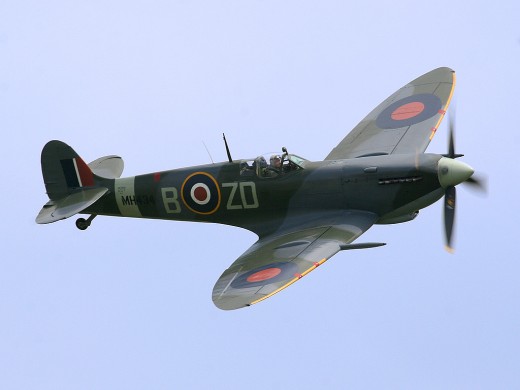
Spitfire:
The Supermarine Spitfire is one of the most iconic fighters of WW2. It was the symbol of the tenacity and strength possessed by the Royal Air Force. The Me109 fighter of the German Luftwaffe was an effective fighter which made quick work of the Polish and French air force. However, it was not facing a worthy adversary in the Battle of Britain.
The Spitfire was more than a match for any German fighter. During the dire days of the Battle of Britain, the brave pilots on their Spitfires faced the horde of the German Luftwaffe ad miraculously held their ground. The illusion of an easy victory expected by the Germans was suddenly shattered. The British were not going to go down without a fight.
It is also worth noting that there were a lot of Hurricane fighters which were also involved in the fight. The Hurricanes were also excellent fighters but not as efficient as the Spitfires. Churchill’s words, “Never was so much owed by so many to so few” perfectly sums up the significance of these machines and their pilots.
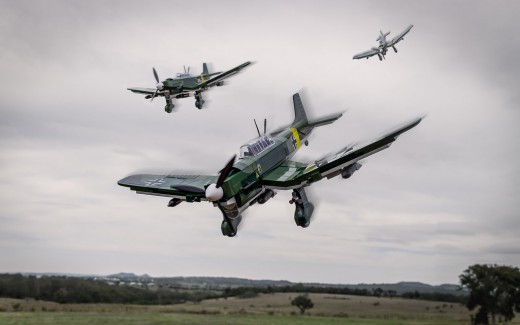
Stuka Dive Bombers:
The Junkers Ju 87 is a German dive bomber more famously known as the Stuka. During the blitzkrieg attacks, it was the Stukas that supported the armored tanks in the front lines. These lanes wreaked havoc among the ground troops and picked off enemy tanks one by one. During the early stages of the war, the Allies did not have any answer to the air dominance of the Luftwaffe.
The landing gears of the Stukas were attached with the Jericho trumpet which made a wailing sound as the plane descended on the enemy troops. This was a kind of psychological warfare used to reduce the morale and terrorize the troops being attacked. The Stukas were used in propaganda, becoming the symbol of German air power.
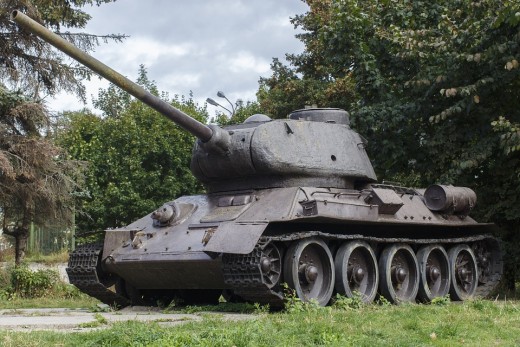
T-34 Tanks:
Soviet tenacity and willpower pushed the Germans back and turned the tide of war. And it was the Soviet-made T-34 tanks that were the backbone of the Red Army during World War 2. The German blitzkrieg initially made rapid progress and the Soviets did not have any decent tanks capable of taking out the German Panzers and Tigers. However, the situation changed when the Soviets started rolling out the T-34s.
The T-34 was an excellent medium tank which outclassed even the German tanks during the time. It had good firepower, maneuverability, and armor. It was also very easy to produce and maintain, which meant that the Soviet industry could churn out hundreds and thousands of T-34s in a short amount of time.
The T-34 was the most produced tank in WW2 and the second most-produced tank of all time. Even though other tanks with better armament and firepower were built, the T-34 remained as the best tank design in WW2. Even though the Tiger tanks were more powerful, the Soviets always had a larger number of T-34s at their disposal.
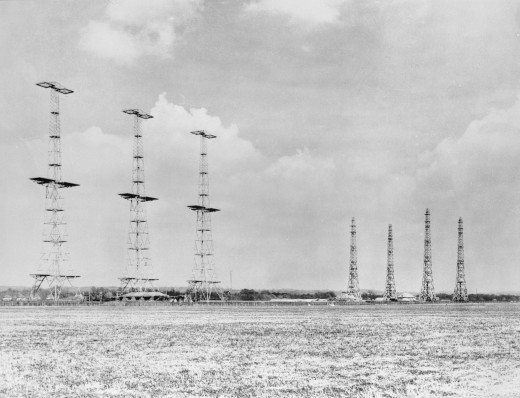
Radar:
When we think about weapons, we tend to leave out the importance of intelligence and information about the enemy. It may be the Spitfires that won Britain the war in the sky but without the use of the radar, they might have been rendered useless. The Radar installations around Britain was used as an early warning system for the British pilots to get in the air and fight.
The Radar stations helped the British plan their defenses well in advance which was crucial in winning the war. The Germans grossly underestimated the impact of Radar which gave the British the edge in intelligence.
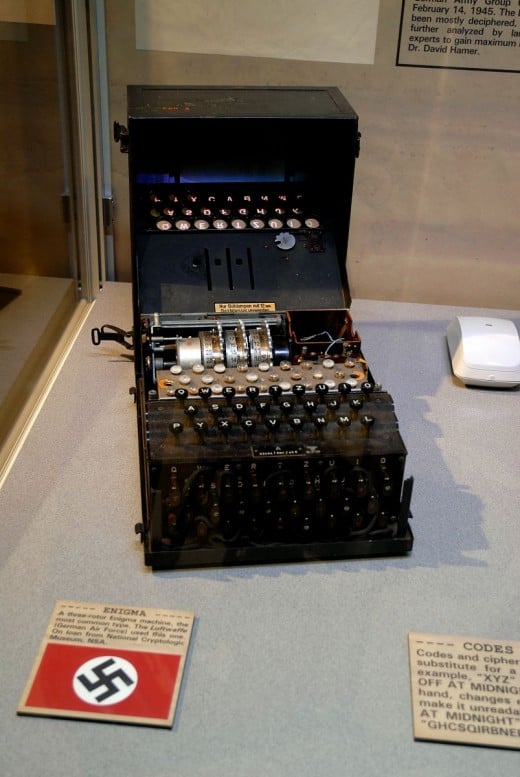
The Enigma:
The Enigma machine is an encryption device used by the Germans in World War 2. It was used to send encrypted messages to the military and could not be intercepted. The Germans believed that the Enigma code could not be cracked and hence they did not consider the possibility of it being decoded.
The Allies, however, captured an intact Enigma machine and used that to decipher the secrets. This meant that the military messages sent by the Germans could now be intercepted and deciphered by the Allies. This could be considered as one of the main reasons for the early end of the war.
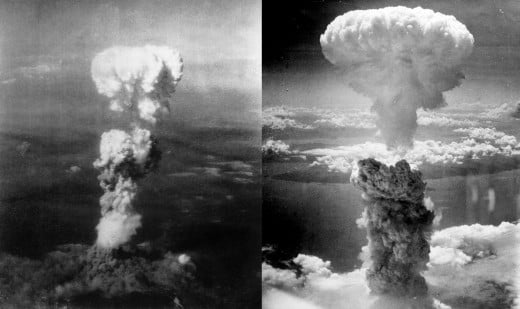
The Atom Bomb:
The Atom bomb was undeniably the most destructive weapon of World War 2. The destruction caused by a single Atom bomb is enough to level cities in an instant. The aftermath of the bomb also has far-reaching consequences as radiation renders the area unfit for humans to live in for hundreds of years.
The manhattan project cost the US 2 billion dollars but it was worth the effort as these bombs were enough to make Japan surrender. After the battle of Iwo Jima, the Americans knew that the Japanese would not sue for peace and they would have to fight hard and sacrifice a lot to subdue Japan. Thus, they finally decided to drop the Atomic bombs on Hiroshima and Nagasaki.
The destruction caused by the bombs were devastating. The bombs were intentionally dropped in densely populated areas to maximize the destruction. Thousands of people were killed in an instant and Japan finally sued for peace ending the war.
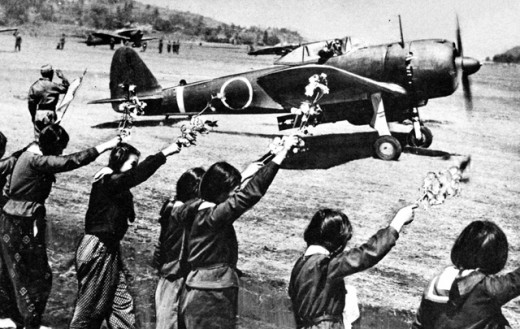
Kamikaze Pilots:
The Japanese considered the concept of surrender as a disgrace. In many battles, the Japanese fought till the last man even when the battle was hopeless. The Kamikaze pilots were a symbol of Japanese ideology. They were suicide pilots who had their planes loaded with explosives to ram their planes into Allied ships.
The war for Japan was hopeless as they began to lose ground slowly. They were desperately in need of a solution and the Kamikaze attacks were their choice. The Allies were shocked to see the Japanese planes crashing directly into them with deadly effect. This was one of the reasons that led to the dropping of the Atomic bombs.
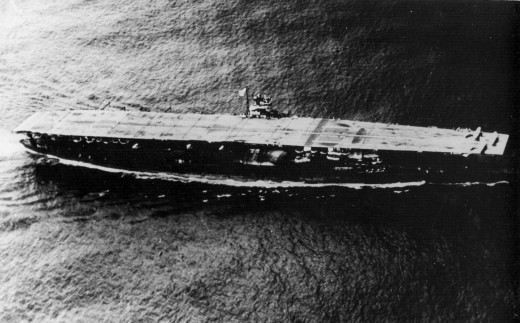
Aircraft Carriers:
During World War 2, Battleships were the main focus in the navy. However, during World War 2, it was the Aircraft carriers that came into the spotlight. These aircraft carriers enabled countries to strike far from their bases in surprise attacks which were not possible earlier. The ships were also very vulnerable to aerial bombing and having aircraft of their own was the only offensive and defensive solution.
The deadly use of aircraft carriers was demonstrated by the Japanese with their bombing of Pearl harbor which effectively knocked the US out of the Pacific for 6 months. The Americans however, were aware of the effectiveness of aircraft carriers and soon turned the tide of war with aircraft carriers of their own.
© 2019 Random Thoughts

